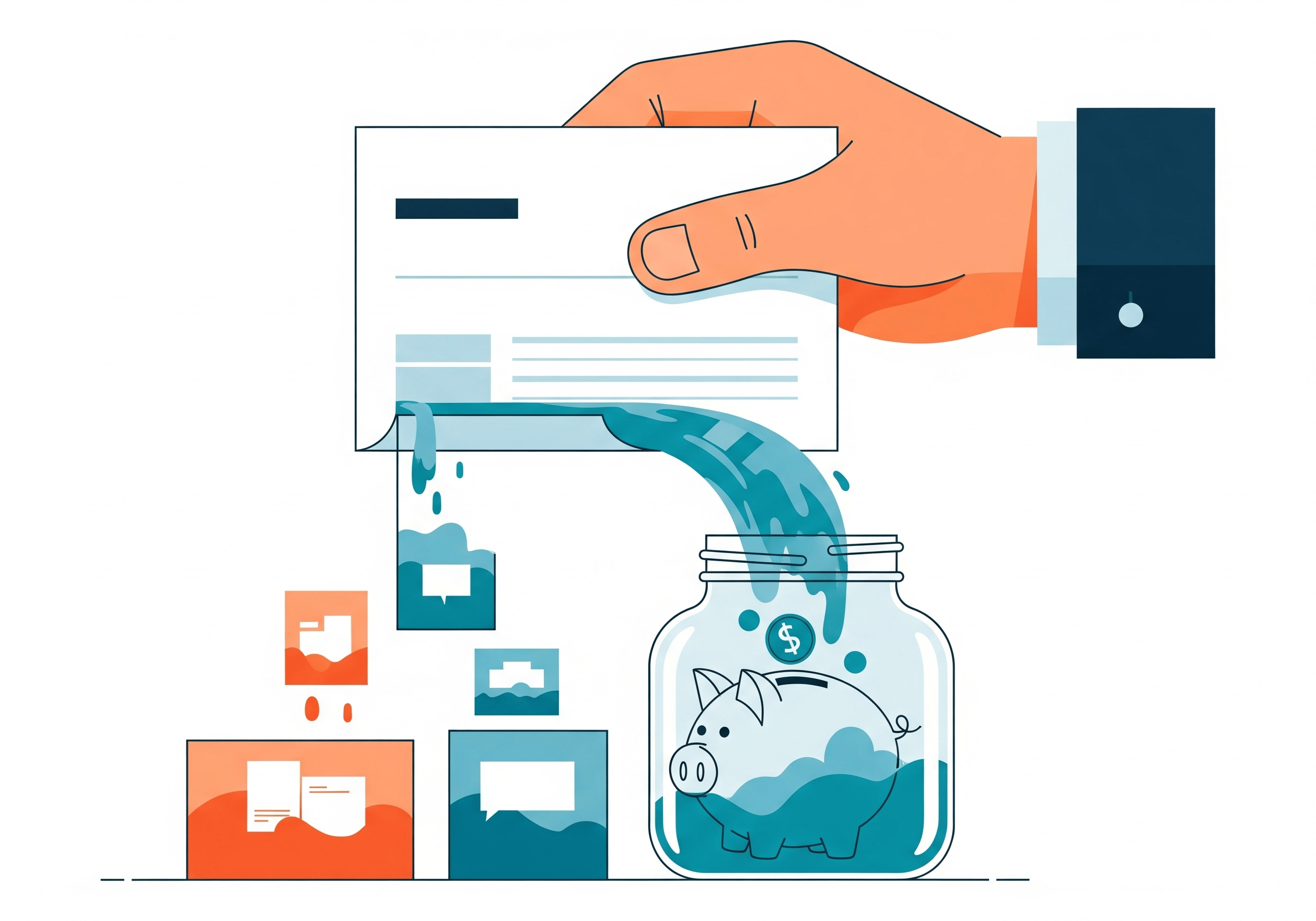What Is a Money Saving Challenge?
A money-saving challenge sets a clear goal and structure around your saving habits. From daily envelopes to weekly transfers, these challenges add fun, accountability, and gradual progress. They work by turning saving into a clear system—often small steps that grow into a meaningful sum.
These challenges can help build an emergency fund or fund specific goals like vacation or debt repayment. They’re flexible too. You decide how much and how often to save. And when shared on social media, they become a supportive community journey.
Trending Money Saving Challenges in 2025
Social media and financial websites highlight a few trending styles of challenges for 2025:
100‑Envelope Challenge
Label 100 envelopes from $1 to $100. Pull one per day (or week) until you’ve filled them all—totaling $5,050. Many people love its game-like structure and flexibility.
52‑Week (and 26‑Week) Increment Challenge
Start with $1 in week one, increase by $1 each week until week 52 ($1,378 total). For biweekly paychecks, there's a 26‑week version.
No‑Buy Challenge
Popular on TikTok and Reddit, this involves avoiding nonessential purchases for a set time—like a month or year. A no‑buy year helped one user wipe out $50,000 in credit card debt.
Penny‑Saving Pad
Save increasing cents daily—starting with 1 cent, ending at 365 cents—adding up to around $667 in one year. It’s an easy, low-pressure habit.
DIY Repair & Maintenance Focus
Amid rising costs, many Americans are embracing do-it-yourself home repairs to save money, sharing projects on platforms like YouTube.
How to Pick the Right Challenge for You
Matching a challenge to your budget matters more than picking the flashiest one:
- Low-income budgets might benefit from penny or envelope methods with smaller or less frequent pulls.
- Steady gigs or paychecks could support weekly or biweekly incremental savings.
- Impulse spenders might find a no-buy challenge powerful for curbing habits and freeing money.
- DIY-savvy individuals can save more by fixing things themselves instead of replacing them.
Choose a challenge that fits your lifestyle and feels fun—not forced.
Staying Committed When Life Gets Busy
Consistency often trumps the specific savings amount. Here’s how to stay on track:
- Automate transfers to your savings so you delay decision-making.
- Use visual trackers: envelopes, journals, spreadsheets—whatever keeps you excited.
- Invite accountability: partner with friends or join a challenge community.
- Adjust when needed: Missed a day? It’s okay. Extend your timeline instead of quitting.
These methods reinforce routines and reduce stress when life isn’t predictable.
Using Savings to Strengthen Credit
While saving doesn’t directly boost your score, the stability it creates can help:
- Savings help you avoid late fees. Payment history is 35% of your credit score.
- Use funds to pay down revolving debt and reduce credit utilization.
- Consider pairing a challenge with a credit builder loan (like Cheers) to build credit as you save.
Bring It All Together with Cheers
Cheers Credit Builder makes it easy to grow credit and savings at once. For as little as $24/month, you deposit into an FDIC-insured account and get credit bureau reporting. If you pair a savings challenge with Cheers, you not only build financial habits—you also build credit history. No card needed. Faster reporting. Money saved and credit improved.
Final Thoughts
Money-saving challenges aren’t just trendy—they’re practical. Envelope challenges introduce fun and structure. Incremental methods teach patience. No-buy challenges curb temptation. Penny-pads make saving painless. Even DIY home strategies count.
Pick a challenge that suits your budget and personality. Track progress. Automate what you can. Adjust when needed. And if your goal is not just savings but credit growth, adding proper tools like Cheers makes your journey smarter.
Save money. Build credit. Create lasting change.
Reference:
Inestopidea: How the "No-Buy" Challenge May Be Key to Building Wealth in 2025
https://www.investopedia.com/no-buy-challenge-11713225
New York Post: How Americans are saving money with DIY home repairs
https://nypost.com/2025/07/16/lifestyle/americans-want-to-save-money-with-diy-home-repairs-study/


















